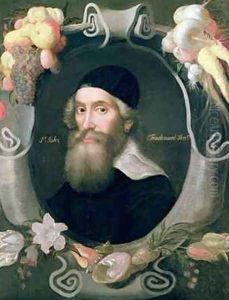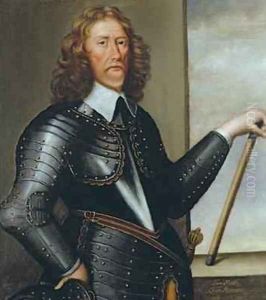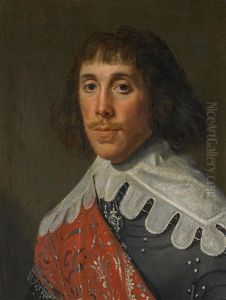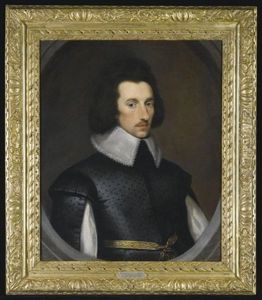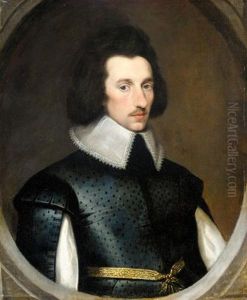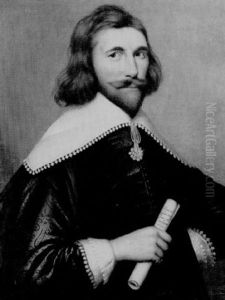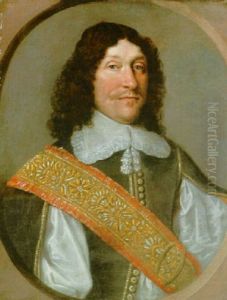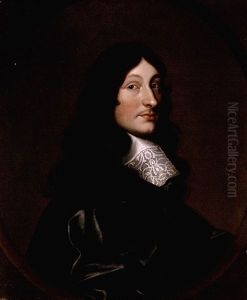Cornelius de Neve Paintings
Cornelius de Neve was a Flemish painter who was born in 1606 in the city of Antwerp, which was then part of the Spanish Netherlands. Not much is known about his early life, but it is believed that he came from a family with artistic interests. De Neve is primarily known for his contributions to portrait painting, a genre that thrived in the Netherlands during the 17th century.
De Neve's career unfolded during the Dutch Golden Age, a period when the Northern Netherlands, especially the newly formed Dutch Republic, experienced a great cultural flowering and economic prosperity. Although he was born in the Southern Netherlands, his work was influenced by the broader artistic developments occurring throughout the Low Countries. It is likely that he was trained in one of the established workshops in Antwerp, a city renowned for its artistic output. He may have been exposed to the works of prominent artists such as Peter Paul Rubens and Anthony van Dyck, who were influential figures in Antwerp during that time.
As a portraitist, Cornelius de Neve spent much of his career capturing the likenesses of the middle class and the nobility. His portraits were known for their attention to detail and their ability to convey the social status and personality of the sitters. Though not as widely recognized as some of his contemporaries, de Neve’s work provides valuable insights into the fashion, culture, and people of his time.
Little documentation survives about the specifics of de Neve's personal life or professional network. However, it's clear that he enjoyed a degree of success and recognition in his lifetime, as indicated by the portraits attributed to him that still exist. De Neve's paintings can be characterized by their precision and the realistic rendering of textiles and materials, suggesting a high level of craftsmanship and understanding of his subjects.
Cornelius de Neve died in 1682, leaving behind a body of work that contributes to our understanding of Flemish portraiture in the 17th century. While his name may not be as familiar as some of his peers, his paintings remain a testament to the skill and artistry that defined the era in which he lived.
